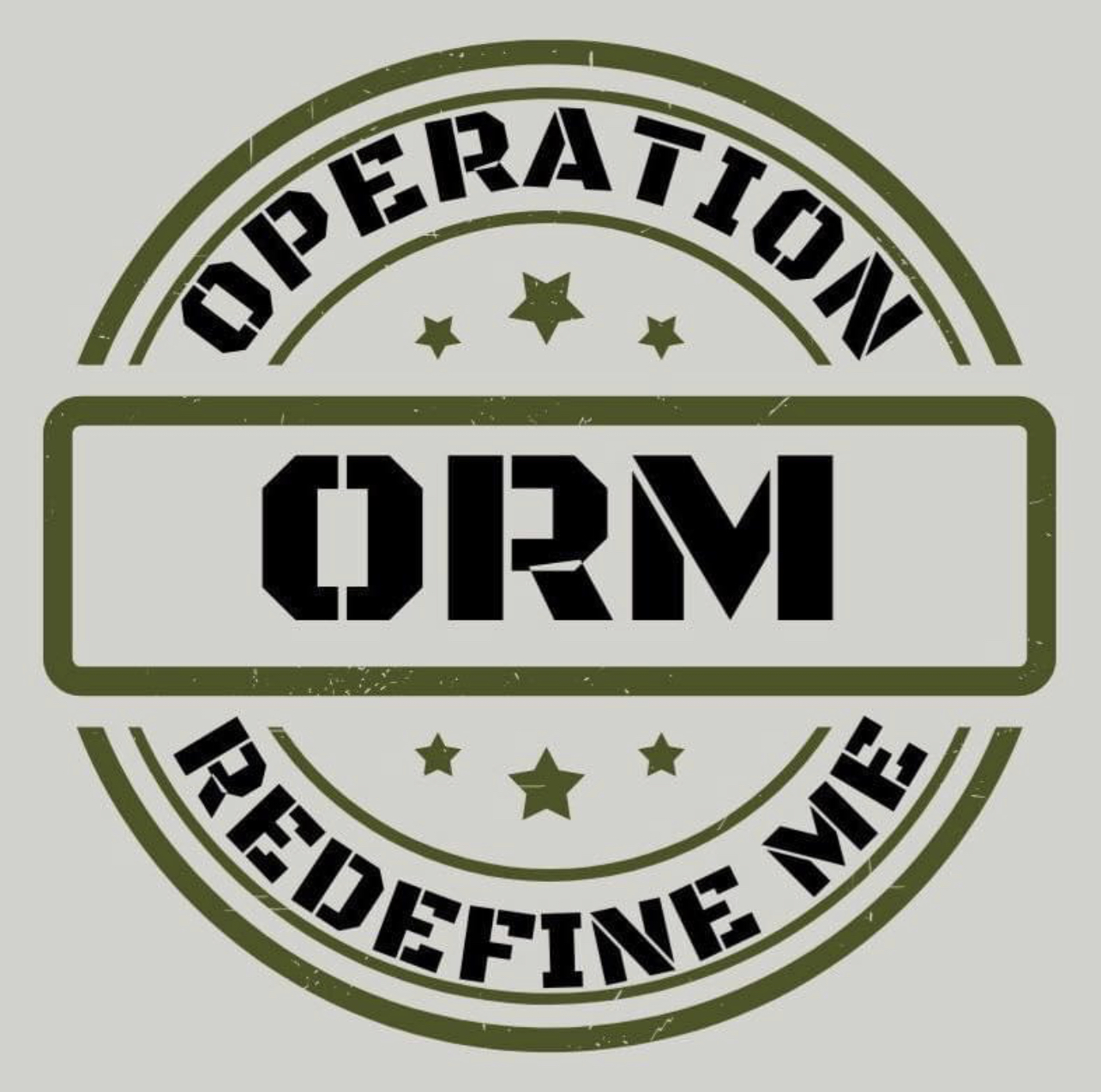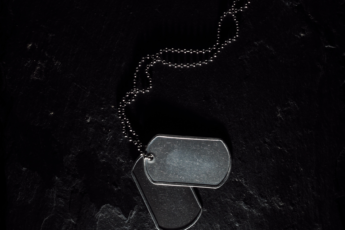Before formulating ORM, I believed it was imperative to understand the issue and concerns from the perspective of veterans and active-duty members. To gather such insight, I developed a survey. I sent it to military members, asking questions to collect demographic information, personal experiences, and opinions to determine a course of action that accurately addresses the concerns from their vantage point.
Of the nineteen responses, there were ranks ranging from O4 to E3 in various branches with different Military Occupational Specialties. Participants’ ages were between 21 to 38 and classified as either white, black, Hispanic, or Latino, with 11 being females and eight identifying as males. The purpose of the survey was to collect information from a diverse group of individuals who are currently or have previously served in the military to identify any potential common trends among their thoughts and experiences.
All but two individuals knew incidents of military member suicide, whether personally known, not personally known, or both, with most knowing of at least three cases and one being familiar with seven different occasions. Throughout the survey, individuals describe the nature of the incident, including any possible information surrounding the event, such as possible stressors the individual was facing, whether they sought help, and potential reasons for the incident. Throughout these heartbreaking stories, people reveal common underlying problems such as their families, relationships, and marriages, with some battling PTSD from deployments or sexual assault. Some admit the individuals did not seek help due to potential occupational repercussions, and in one case, the individual sought help and was told to come back after lunch. When asked about what they believe to be the leading cause of suicide for veterans, most individuals responded with mental illnesses, personal life, the stigma of seeking help, and difficulty transitioning.
Once gathering information about situations, participants then answered a series of questions concerning programs and resources. Only six respondents believe service members and veterans are adequately trained through suicide awareness programs. Astonishingly, only one individual believes service members and veterans know all the available resources in times of need. Respondents discuss the lack of one-on-one counseling, personability in resources, and the long wait times for mental health appointments. Of the eleven individuals who have personally sought mental health through military-related resources, individuals were dissatisfied with no one answering the veteran crisis hotline, long wait times, the referral process, and lack of satisfaction in current programs. Individuals who did not seek help admit to the negative stigma, medical records, and potential repercussions, as well as being unable to get an appointment.
Overall, the survey shows trends that must need addressing in any proposal to combat suicide veterans. First, one should propose an idea that does not allow room for negative stigma ideation. A practical solution must also address common problems individuals face, such as relationships, families, and marriages, all vital pieces of our lives. An idea must prepare individuals for or during their transition when things are not going according to plan. A new suicide prevention program must also be accessible and personable, not leaving individuals feeling like another “check in the box.” All while limiting incidents of resources being unavailable in their time of desperation.





Leave a Comment